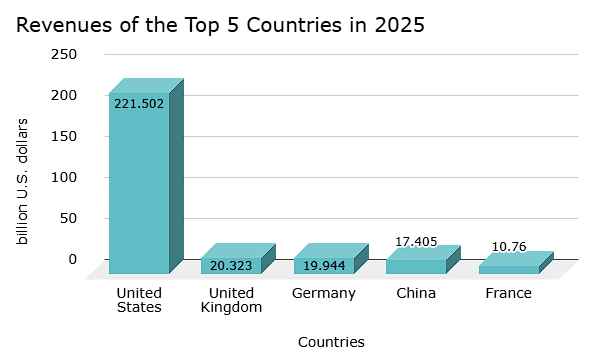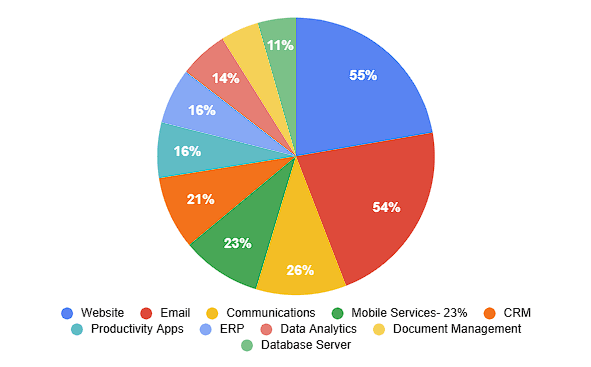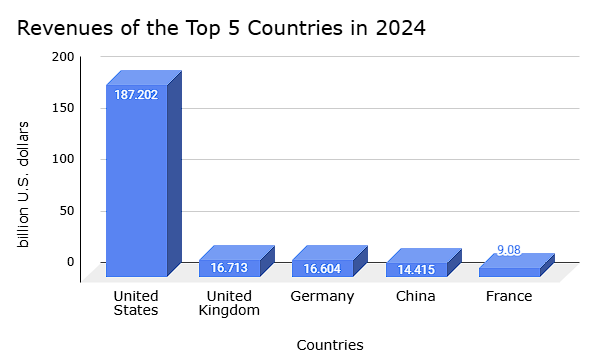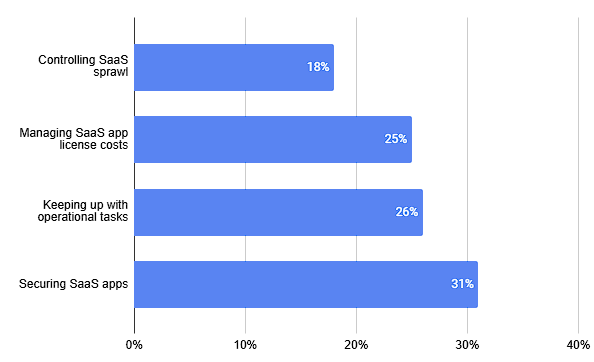SaaS Statistics for 2025: Key Insights into the Industry

Do you know how much software as a service industry has grown since it started? SaaS applications enable seamless integrations, enhance scalability, and improve user experience; therefore, they are being adopted by many businesses in different areas each day. If you are wondering how to succeed in this field of business, here are some key SaaS Statistics for you to gain insights into the past, present, and future of the SaaS industry.
SaaS Statistics: Predictions About SaaS Companies
Sources: Gartner
What Do These Statistics Suggest?
The percentage of companies that gave priority to backing up SaaS applications in 2024 indicates that there is a significant gap in data protection.
However, with the increasing adoption rates of SaaS technologies, the importance of protecting and recovering data has also been increasing as the prediction suggests. So we can expect to see businesses implement robust data backup solutions this year.
Product-led growth means using your products as the main source to acquire customers. The estimation regarding the shift towards customer-centric models is a striking one. The percentage 95 shows that this will be an industry-wide transformation. Since prioritizing user experience will be at the center of this industry-wide change, we might be seeing freemium products or free trials more.
SaaS Industry Future Predictions
Here is a table showing the estimated top 5 revenues around the world:

The United States is expected to have the highest revenue in 2025, followed by the United Kingdom, Germany, China, and France. This shows that U.S. maintains its leadership while European leaders emerge.
Data Source: Statista
Sources: Statista, Spendesk, Fortune Business Insights
What Do These Statistics Suggest?
Expected annual growth rate, market volume, end-user spending, and public cloud spending indicate that:
The predicted growth of Germany - the country having the largest economy in Europe - suggests that Europe can also become the focus of SaaS companies.
While North America is expected to maintain its leadership position, the estimation of Asia Pacific’s growth rate as a developing market suggests that the focus won’t be on North America only.
The estimation of China, India, and Brazil doubling their market size in such a short period shows the rapid adoption of SaaS in emerging markets.
Saas Adoption Rates
Here is a chart showing areas where businesses have adopted SaaS solutions:

Data Source: DemandStage
The categories with the highest adoption rates are websites and emails:
While CRM adoption rate is moderate according to the chart, it is evident that CRM platforms are still growing. The transition from spreadsheets to CRM platforms is continuing. So we can expect this number to go up in 2025.
The adoption of SaaS solutions in data analytics is quite low. This might be due to security concerns. But, once the number of companies prioritizing data backups increases, the adoption rate should increase too. Plus, AI is now an important part of data analytics, so with AI coming into the scene, we might see more businesses using SaaS applications.
Explore the Power of AI-driven SaaS.
SaaS in 2024
The estimated revenues of the top 5 countries in 2024:

The United States was expected to be the country with the most revenues.
Sources: Statista
SaaS in 2023
Sources: Statista, SaaS Capital, Better Cloud
What Do 2023 SaaS Statistics Show?
While the average usage of SaaS indicates that it's highly adopted, this percentage also shows that there is room for growth.
The rising percentage of companies that report flat or negative growth points out to the rising competition within the SaaS industry.
When it comes to the adoption rates, the difference between small and bigger companies can be linked to the scalability challenges of SaaS.
The United States reinforces its dominance in the SaaS industry with the highest number of companies.
The Biggest Concerns of IT Teams Regarding SaaS
According to a survey by BetterCloud, securing SaaS applications is the number one concern of IT teams, with 32% of respondents.

As we've mentioned before, data protection and security wasn't a strong point of SaaS technologies. But, changing priorities and the evolving digital landscape have revealed the need for development in this area.
We might see measures like single sign-on, multi-factor authentication, and end-to-end encryption being taken from now on.
When we look at SaaS sprawl, we can say that it is connected to license costs and operational tasks. Therefore if you want to address these issues, it is wise to have a holistic strategy.
Data Source: Better Cloud
Frequently Asked Questions
Does SaaS have a future?
Yes. The digital landscape is still changing globally, and businesses are trying to keep up with that pace. Automations and integrations with other useful tools provide very effective, smart solutions, and new products that cater to different needs are being launched each passing day. For example, hybrid and remote work models have made productivity tools a necessity. That’s why SaaS products are possibly going to be in our lives and evolve with the times.
Will AI replace SaaS?
AI and machine learning have started to become a part of SaaS applications because they offer predictive analysis and personalized experiences. However, AI won’t be replacing SaaS is only a feature of SaaS products. It is expected to help improve SaaS solutions with increased efficiency, but it won’t overtake the industry.
Is SaaS still growing?
Yes. SaaS is still growing, and it is expected to continue this growth. It has an expected growth rate of 19% for the next 4 years. Plus, its market volume, sector-wide adoption rates, and regional expansion rates are all estimated to increase in the future.
What are the top SaaS countries?
According to their estimated revenues: the United States, the United Kingdom, Germany, China, and France are the top SaaS companies.